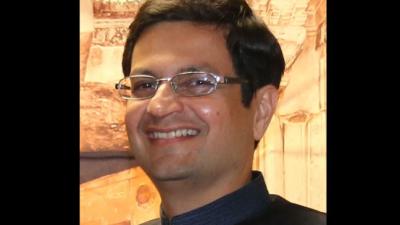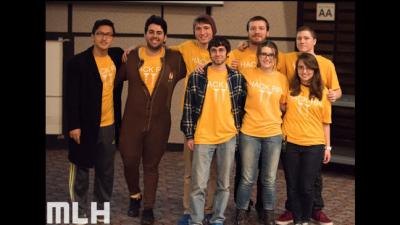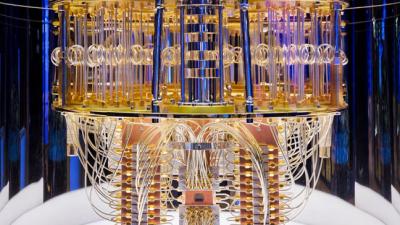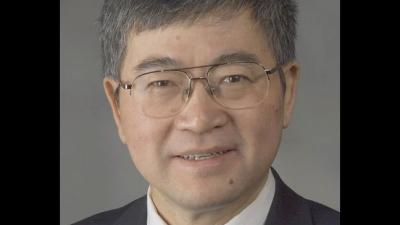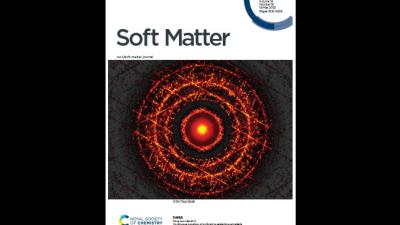Two RPI Researchers Are Distinguished as the Most Highly Cited
Two researchers from Rensselaer Polytechnic Institute have been distinguished as some of the most highly cited by Clarivate. Humberto Terrones, Ph.D., is the Rayleigh Endowed Chair Professor of Physics, Applied Physics, and Astronomy. Fudong Han, Ph.D., is an assistant professor and Priti and Mukesh Chatter ’82 Career Development Chair in the Department of Mechanical, Aerospace, and Nuclear Engineering.

